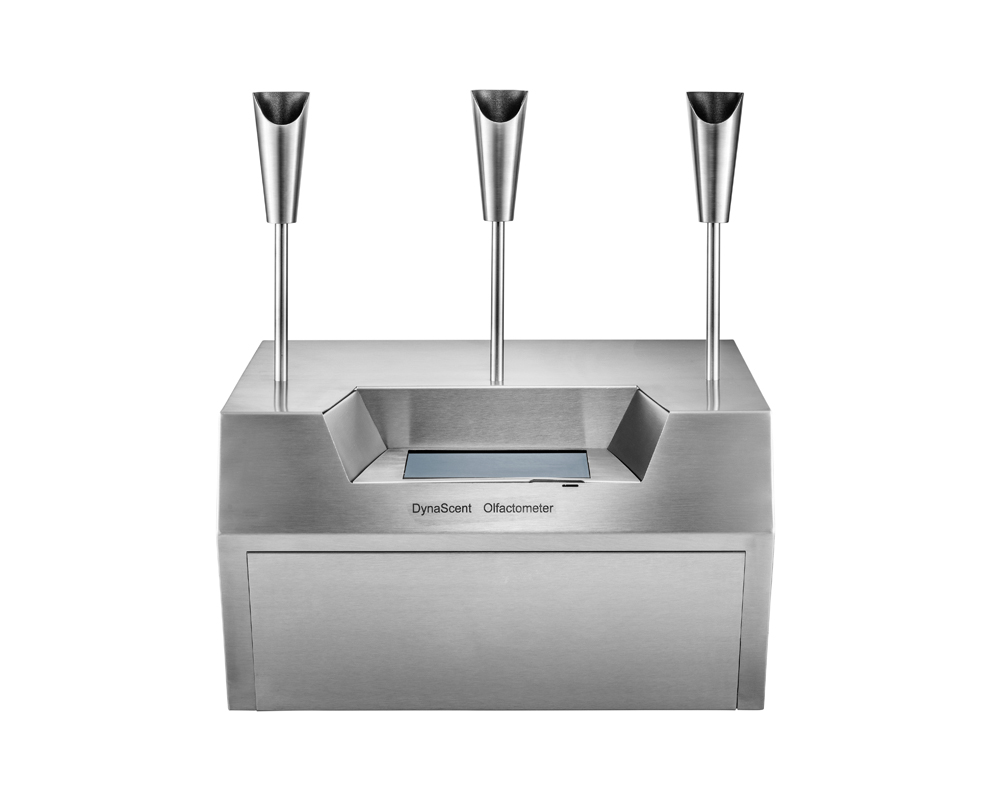Triangle Testing
This triangle test is used to determine whether a perceptible sensory difference or similarity exists between samples of two products. The method is a forced-choice procedure. The method is applicable whether a difference exists in a single sensory attribute or in several attributes (odourich).
The testing procedure follows both ISO and Australian standards. (AS 2542.2.2—2014/ISO 4120:2004 Sensory analysis Method 2.2: Specific methods—Triangle test). It is normally an extension of the odourich measurement.
DynaScent randomly distributes two samples at three cups without dilution. The panellists are informed that two of the samples are alike and one is different. Each panellist indicates which one of the three samples is different from the other two, even if the selection is based on a guess. DynaScent records their responses and calculates the results immediately. The result confirms the exist of either difference or similarity.
In the past, the investigation of odour complaints has posed a great challenge for both stakeholders and regulatory agencies. Field inspection has often failed to confirm the presence of the odour or identify the sources which cause the odour complaints. This is largely dependent on the experience of the investigator, the psychophysical conditions such as fatigue, adaptation and the inconsistency of the odour emission caused by wind speed and direction. This makes it almost impossible to accurately and repeatedly assess an odour complaint in the field. The investigation results are most likely to be subjective and biased.
From a company’s perspective it is important to quantify the degree of the odour level at the location which odour complaints are made, and to identify the odour emission sources which contribute to the odour. Furthermore, it is important to evaluate the reduction in odour at the location where the odour complaints are received after implementing the abatement technique.
Alternatively, the triangle test can be used to assess the odour impact degree at the location where the odour has caused the nuisance. It provides the scientific approach to confirm the presence of an odour.


